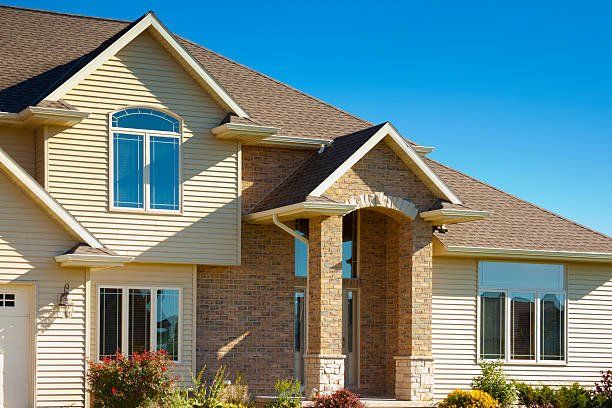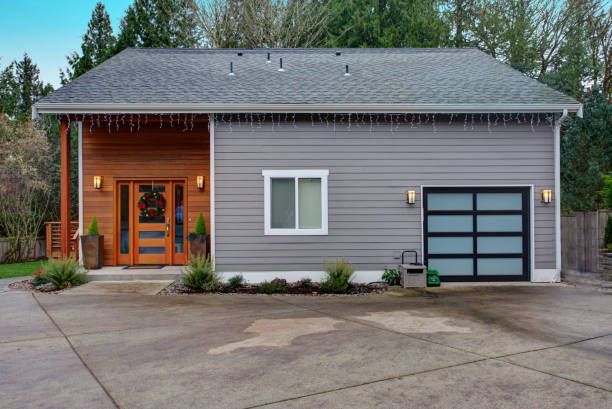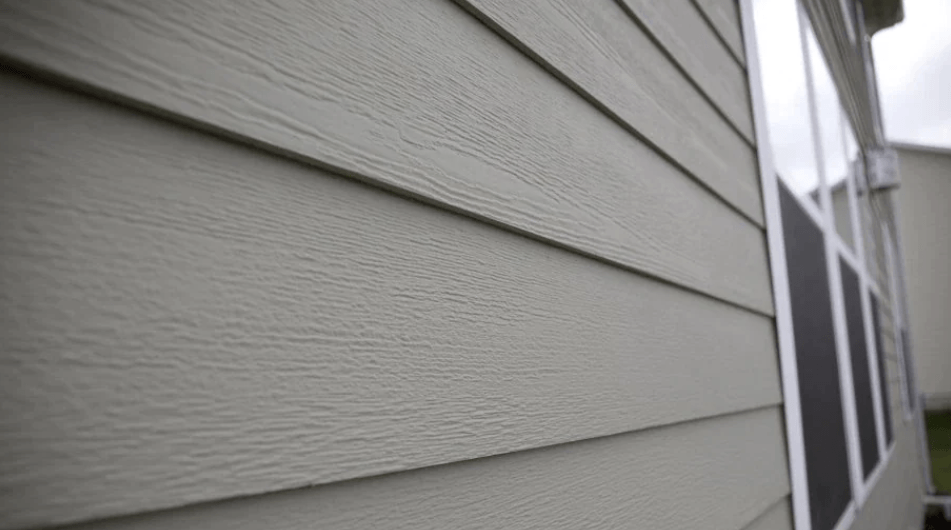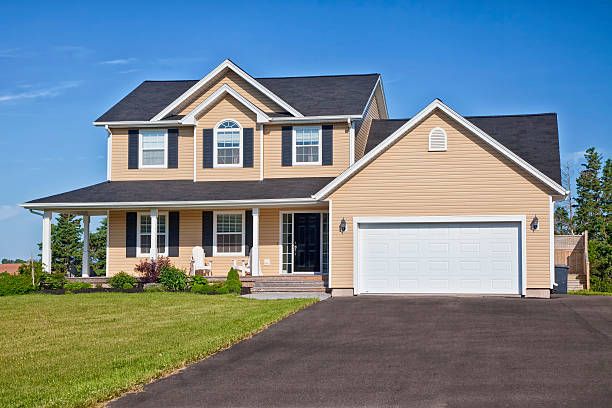Top 10 Signs Your Home's Siding Needs Attention: A Guide for Birmingham Homeowners
Top 10 Signs Your Home's Siding Needs Attention: A Guide for Birmingham Homeowners

Your home's siding is not only a crucial element for curb appeal but also a protective barrier against the elements. Over time, wear and tear can take a toll, prompting the need for replacement. In this guide, we'll explore the top indicators that your siding may need attention, helping Birmingham homeowners make informed decisions about their home exteriors.
How do I know when my siding needs replacing?
- Visible Damage: Keep an eye out for cracks, warping, or holes in your siding. Visible damage is a clear sign that your siding has reached a point where repairs may not be sufficient.
- Fading and Discoloration: Siding that has lost its vibrant color or displays uneven fading may indicate weathering and reduced effectiveness. This is especially common in older siding materials.
- Increased Utility Bills: If you notice a sudden spike in your energy bills, it could be a signal that your siding's insulation properties have diminished, impacting your home's energy efficiency.
- Mold and Mildew Growth: Mold or mildew on your siding not only affects the aesthetic but also suggests potential moisture issues. Addressing the siding problem is crucial to prevent further damage and maintain indoor air quality.
How can you tell if siding is damaged?
- Soft or Spongy Areas: Gently press on your siding. If you encounter soft or spongy areas, it indicates water damage or potential rot beneath the surface.
- Peeling Paint or Wallpaper Inside: Damaged siding allows water infiltration, leading to interior issues like peeling paint or wallpaper. Check your interiors for signs of water damage as a clue to exterior siding problems.
- Loose or Missing Siding Panels: Loose or missing panels are obvious signs of damage. They compromise the structural integrity of your siding and should be addressed promptly.
How often should you replace siding on your house?
The frequency of siding replacement depends on factors such as the type of siding, climate, and maintenance. As a general guideline, consider replacing siding every 15 to 20 years. However, regular inspections can help identify issues early, potentially extending the lifespan of your siding.
How long does siding last?
The lifespan of siding varies based on the material:
- Vinyl: 20-40 years.
- Wood: 20-40 years (with proper maintenance).
- Fiber Cement: 25-50 years.
- Metal: 40-80 years.
Regular maintenance, prompt repairs, and attention to signs of wear can significantly impact the longevity of your siding.
In conclusion, being proactive in recognizing signs of damage and understanding the lifespan of different siding materials are key factors in maintaining a durable and visually appealing home exterior. If you notice any of the mentioned indicators, consult with Birmingham Siding Pros to explore the best solutions for your home.
Get a quote
Contact Us
We will get back to you as soon as possible.
Please try again later.
Quick & Reliable
Location
Call
Locations Served:
All Rights Reserved | Company Name | Powered by Snapps



